I love the photo above. It’s one of a small number of photos I come back to when I review what I’ve done (…and yes, I took it with a Leica, an M8). Which is interesting, because most viewers will scan it visually and move on without much further thought. Aesthetically it’s properly done; were I to submit it to an art school critique, viewers would probably say it’s competently framed, formally interesting, if i’m lucky might use rhetorical cliches like “original,” “strong”, authentic.” Some with a picturesque bent might quibble about the decisions I’ve made, noting the pole that divides up the horizontal plane in a way upsetting to the rule bound. I can see someone saying it’s interesting… but what’s it supposed to be about? I can hear the critique moderator now talking of the mirroring of the pole by the crosses…or maybe the crosses by the pole, a commentary on man’s need to be heard etc (if you’ve ever endured an art critique you know how pretentious they can be; my standard response when I’m asked what a photo or painting “means” is to say I don’t know. That’s for the viewer to decide).
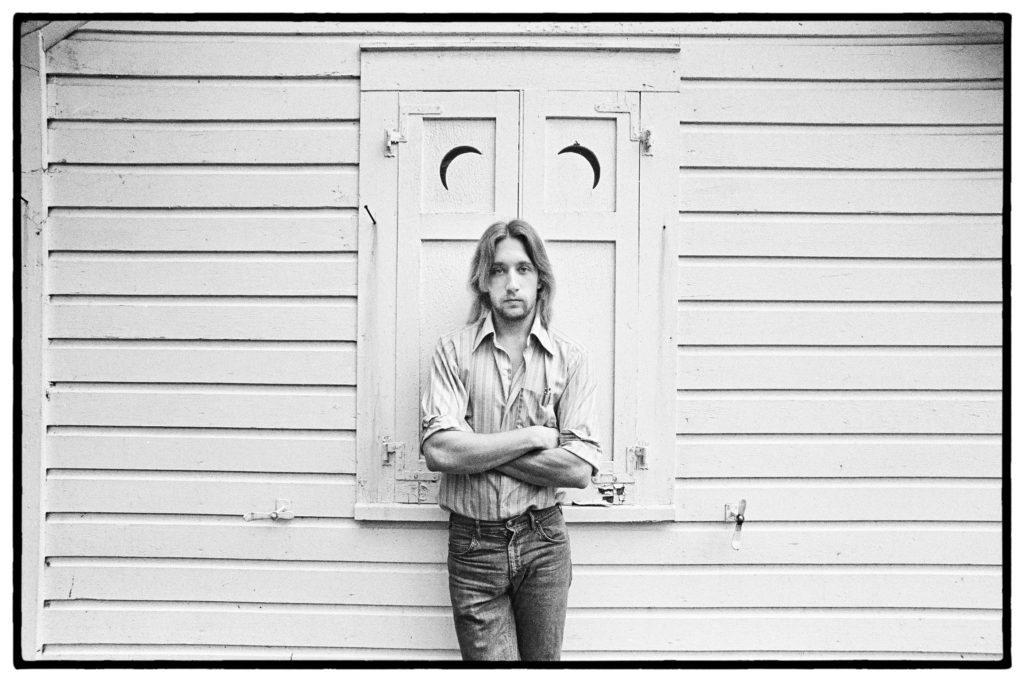 Art School Cool, circa 1977. I’m pretty sure my standing there with those crescent moons over my head was meant to mean something – what I no longer remember. I probably went to CBGB’s that night to see the Talking Heads.
Art School Cool, circa 1977. I’m pretty sure my standing there with those crescent moons over my head was meant to mean something – what I no longer remember. I probably went to CBGB’s that night to see the Talking Heads.
As I’ve presented the photo here, without context, the “subject ” is what you will make of it. You have only the photo and whatever interpretive scheme might be floating around in your head to make sense of what you see. That’s the interesting thing about the supposedly “objective ” craft of photography. There’s an undeniable subjective element to what we do as viewers of ostensibly “objective” photographs. Your interpretation will vary depending on the formal arrangement, the context in which it’s presented to you, the knowledge and biases you bring to the viewing. While I find most post-modernist theory turgid and incomprehensible, it’s gotten one thing right – the meaning of things, whether it be a writing (a “text” in PM parlance) or a visual representation, whether a photo, drawing or painting, resides with the reader/viewer. The meaning of the photo you view depends on you. And that’s why, presented as it is to you – little context, no explanation- you might struggle to make sense of it or appreciate it in the manner I might. You might like it, hate it, be indifferent to it, depending on what criteria you bring to your viewing and how unmoored its presentation.
*************
Which leads to the following reality: the means I use to present my picture is crucial to how you will understand the photo. Effective presentation is the responsibility of the photographer, and it’s what separates the successful from the frustrated. I can publish it in a newspaper or hang it on a gallery wall, or glue it into a scrapbook, whatever choice I make signaling to the viewer what I’d like you to think about the picture. I can write a caption that identifies the objective facts of the photo [Route 61, Mississippi Delta, Leica M8]; I can go further and write a caption that puts the photo in context for you [...in Money, Mississippi, about 50 yards from where 14 y/o Emmett Till allegedly whistled at a white woman and set in motion a murder that would change American history]; I might simply place it within a sequence of other photos inviting you, by process of induction, to surmise a common thread that links those sequenced into a larger whole which both helps you interpret the individual photo while imparting a larger meaning on the collection itself. The important thing is that in each individual case, the meaning is extrinsically imposed on the photo. The single photo without context means nothing. The good photographer understands that a large part of his obligation to the viewer is to put his photos in a context that assists the viewer in making sense of the photo.
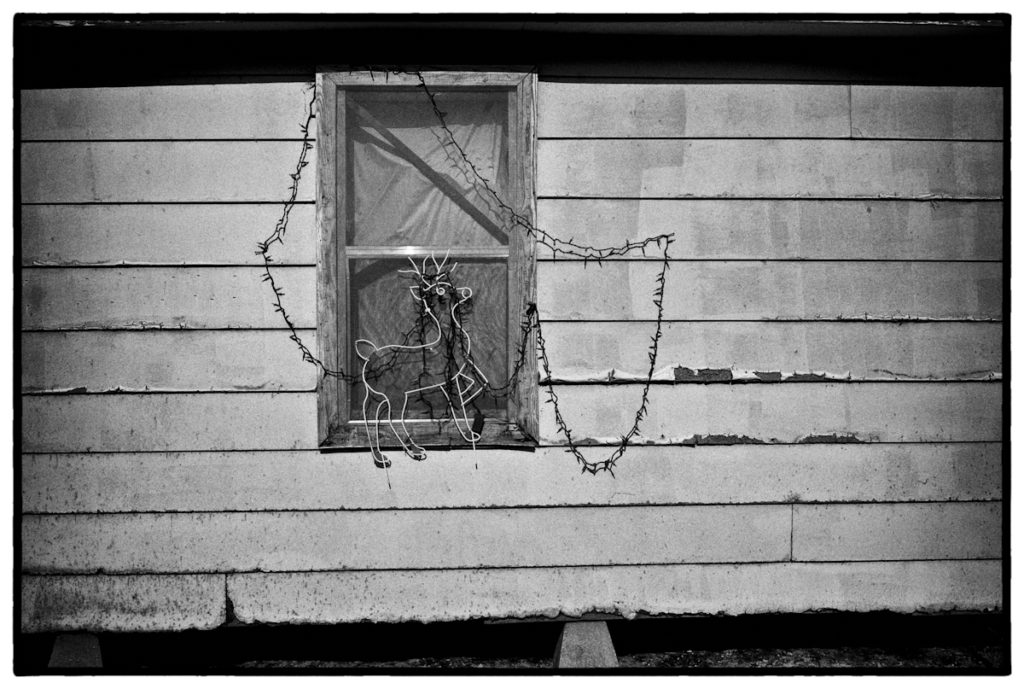

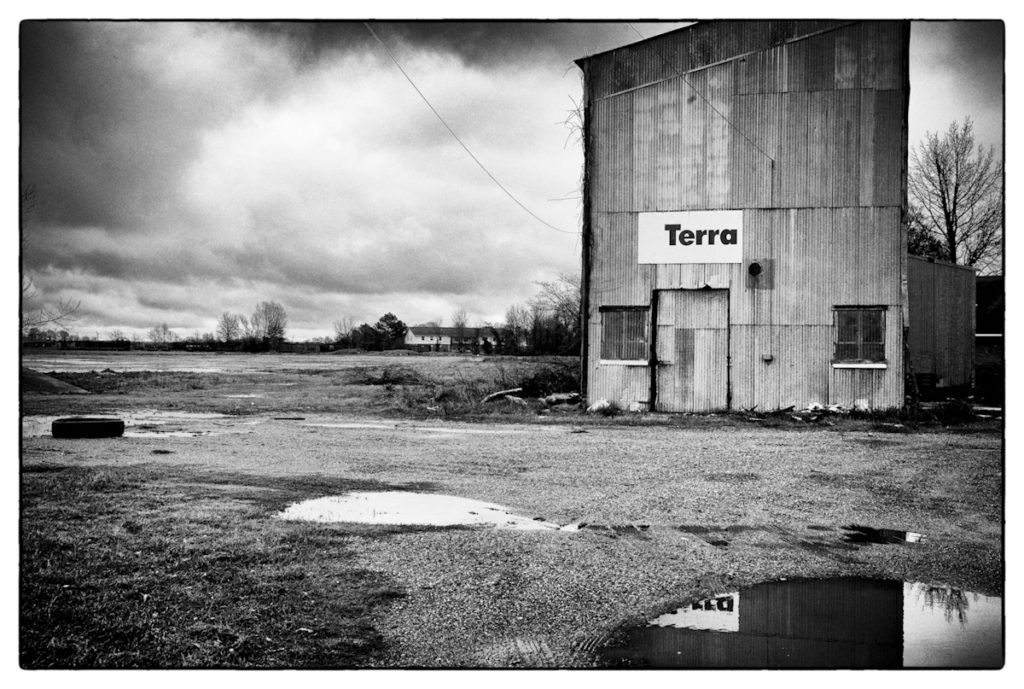
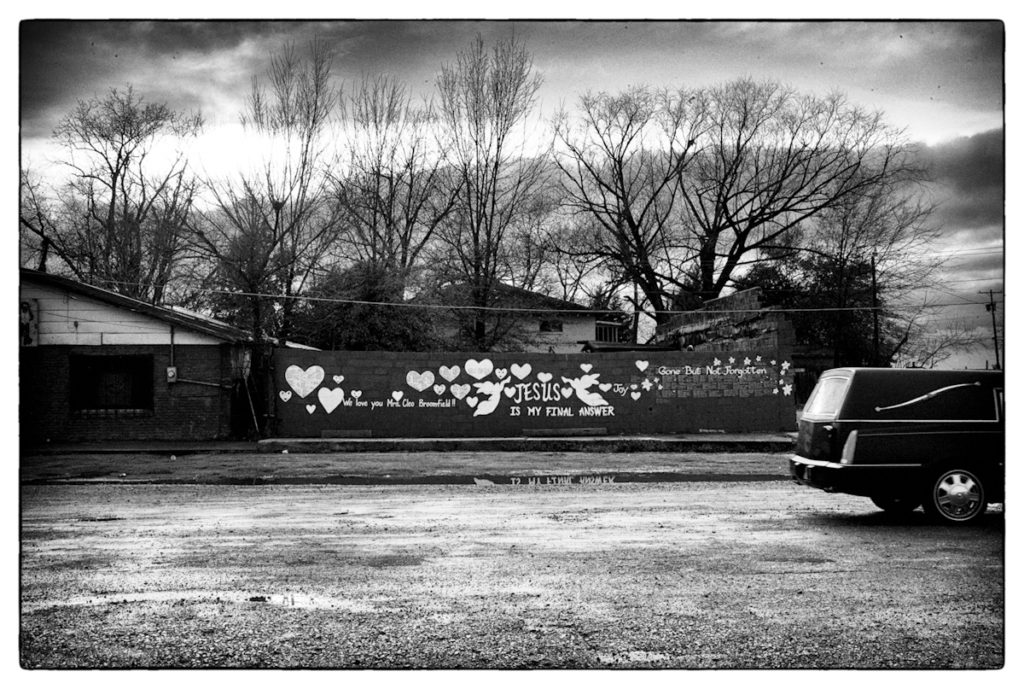 Mississippi Delta. Same day, same camera as the first photo. Ultimately chosen for the same photo series. Does this help you make sense of the initial photo?
Mississippi Delta. Same day, same camera as the first photo. Ultimately chosen for the same photo series. Does this help you make sense of the initial photo?
I suppose this explains why we might differ so radically in what we consider good photography, and it points to the difference between a naive and a sophisticated understanding of photographic quality. Naive photo critiques judge a photo on its technical and formal arrangements [Is it sharp? In focus? Good tonal values? Composition pleasing? Rule of thirds applied etc]. This is the world of gearhead forums and Flickr, the reason we chase after the newest Fuji X body with the new super-duper sensor, thinking something a little better will make the difference. Stay at this level and you’ll become a proficient photographic artisan. A more educated approach looks only to whether the photo communicates a compelling meaning. It’s also why naive photo artisans tend to be confused by and dismissive of the best things being done in the field at any given time – not only are they passing judgment with inappropriate criteria, they usually don’t possess the knowledge, experience and discernment borne of broad thinking to conjure a sufficient meaning from a work, a meaning that turns the picture into something more.
Views: 1140

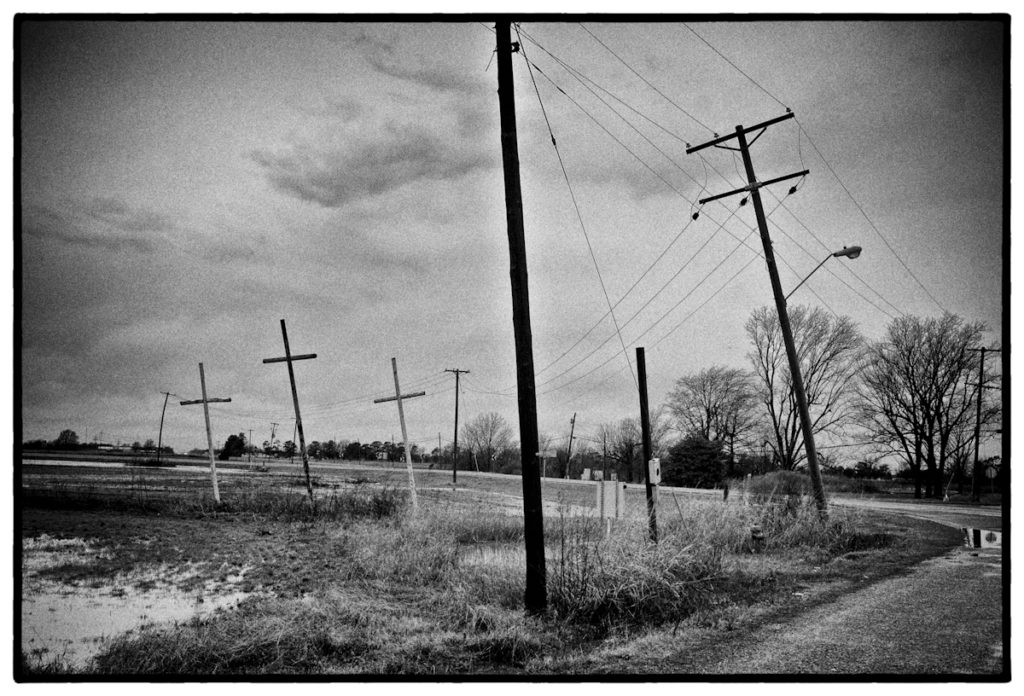
I couldn’t have put it better myself, I too find the usual commentary bland cliched and worthless I have always maintained my narrative within an image when viewed may be completely missed, in no small part by the mood, history, or psyche of the viewer looking in. I try not to title images but find myself slipping into that mold every now and again, at which point I want to poke a stick in my eye as it goes against my basic philosophy.
This set of images are cracking and resonate with me on many levels.
Anyway, from the sublime to the ridiculous, here is how NOT to do it.
https://www.youtube.com/watch?v=rQgSiEF2tJA
Bobby is inspiring but whoever made that video…. 🙁
Literal or what?
StephenJ
A chilling photograph when first viewed and even more powerful when its location is known. The location seems to validate my first impression and interpretation of the photo. Not much is needed by way of captioning — the photographer’s intent seems clear.
As usual, you have come up with prose as good as the images which are very damned good indeed.
I envy you your volume of hair at that period; mine was already seeking ways of going on solo, permanent holiday and leaving no forwarding address.
;-(
Rob